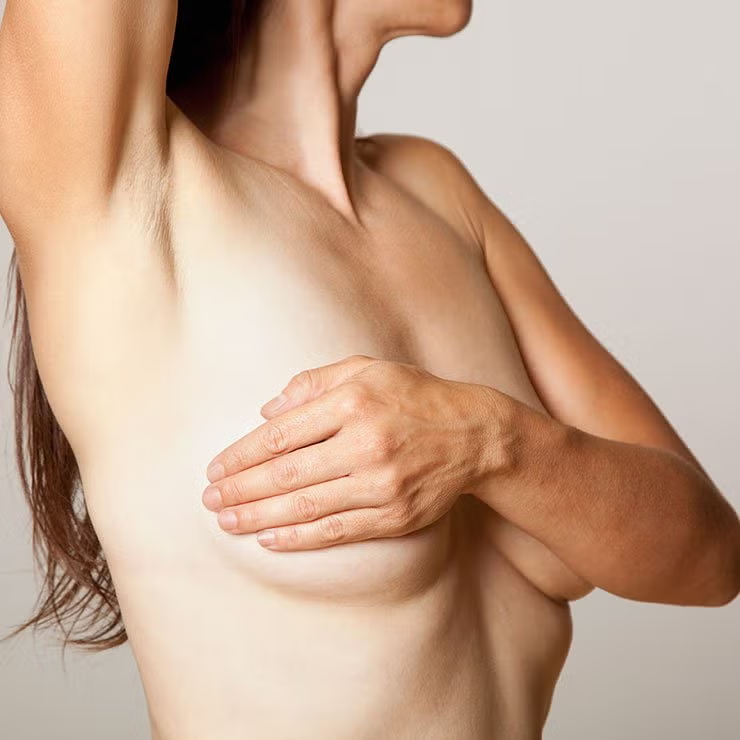A Woman’s Large Breasts Indicate That Her Vagin…See more
They’re right there on our chest—AA or DDD, perky or pendulous, nipples pale pink or dark brown—and yet most of us don’t give our breasts much thought day to day. But we should. Here’s what the look and feel of your dynamic duo can tell you about your health.
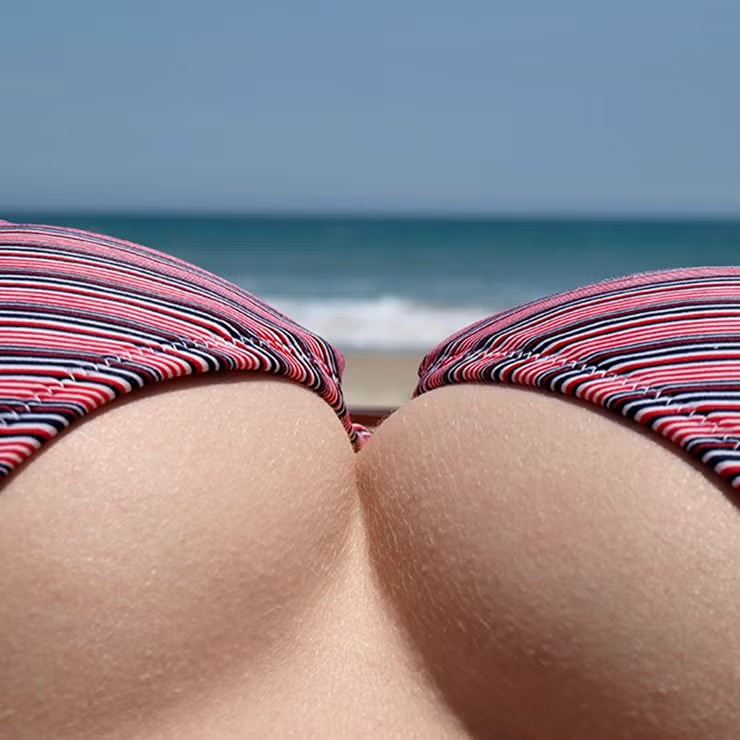
If your breasts are growing, it’s likely due to weight gain (because breasts are made up of mostly fat cells, in addition to glandular tissue), pregnancy (as milk ducts ramp up for breast-feeding), birth control pills, and/or hormonal changes related to your menstrual cycle (they’re very sensitive to shifts in estrogen and progesterone). No need to worry, though you might need to buy new bras.
Shrinking size
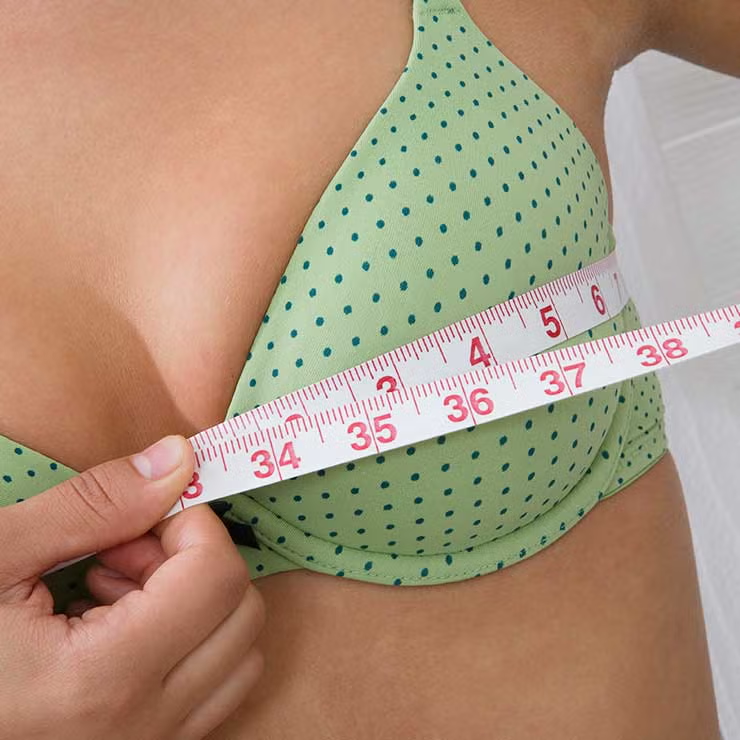
If you find your chest shrinking, you’ve likely either lost weight or your estrogen levels are falling, perhaps from going off the pill or impending menopause. If you’re seeing shrinkage and none of those apply (especially if you also have hair loss, acne, and facial hair), consider being tested for polycystic ovary syndrome (PCOS), which is characterized by high levels of the hormones testosterone and DHEA. Or maybe just lay off the Starbucks. A study in the British Journal of Cancer found that drinking three cups of coffee a day caused breasts to shrink in some women, with additional cups increasing the effect. The culprit is a gene shown to link breast size to coffee consumption.
4
Large breasts
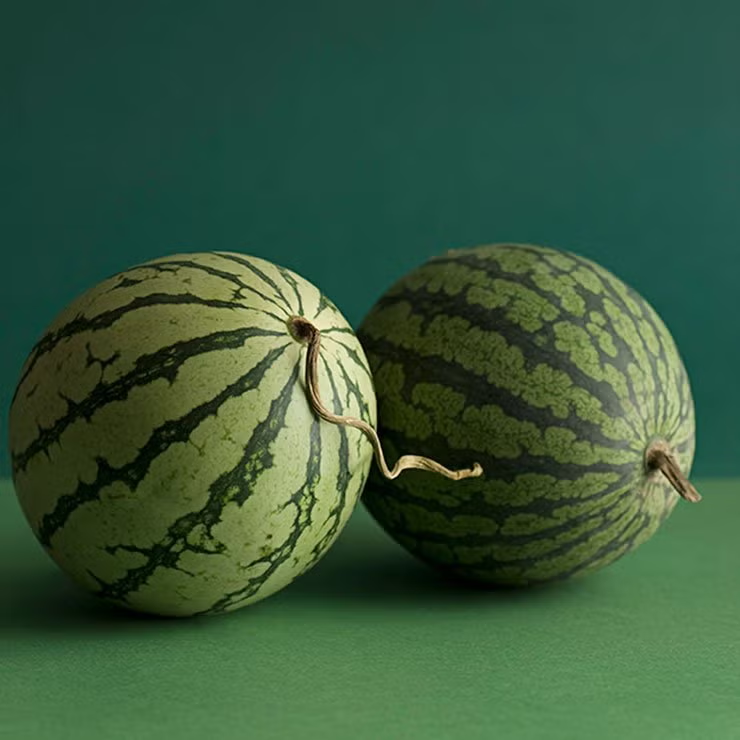
If you’re generously endowed, you can thank (or curse) your DNA. While some studies have linked larger cups to a higher risk of breast cancer, there’s not enough evidence to cause concern. (Here are 10 things no one tells you about breast reduction surgery.) “The bottom line is that more studies need to be done before any definitive conclusions can be made,” says breast surgeon Daniel Maman, MD, a plastic surgeon specializing in breast reconstruction and an assistant clinical professor of surgery at Mount Sinai Hospital in New York City.
5
Shifting shape
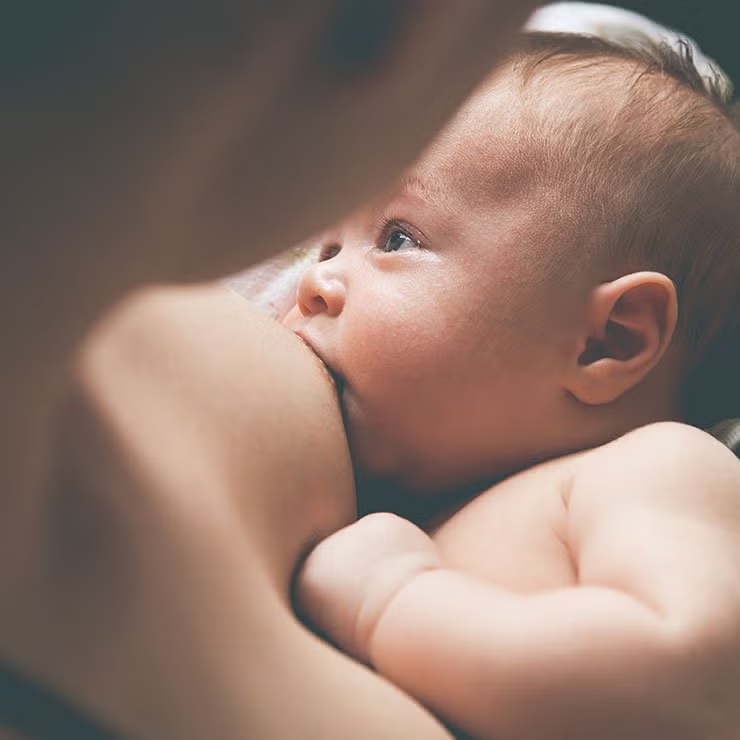
Your shape is programmed by your DNA, but it will morph over time. “Breast shape and appearance are largely based on age and history of child-bearing and breast-feeding,” Maman explains. After breast-feeding and as we age, ligaments stretch, connective tissues break down, and skin loses elasticity, causing breasts to form more of a teardrop shape (aka droop). “Lifelong good bra support is one of the few things women can do to fight the effects of gravity,” Maman says. You can also avoid yo-yo dieting, as weight fluctuations stretch the skin, and do exercises such as push-ups and chest presses to build up your pectoral muscles, which firms the chest and makes breasts appear perkier. (See how to do the perfect push-up for pectoral strength.)
